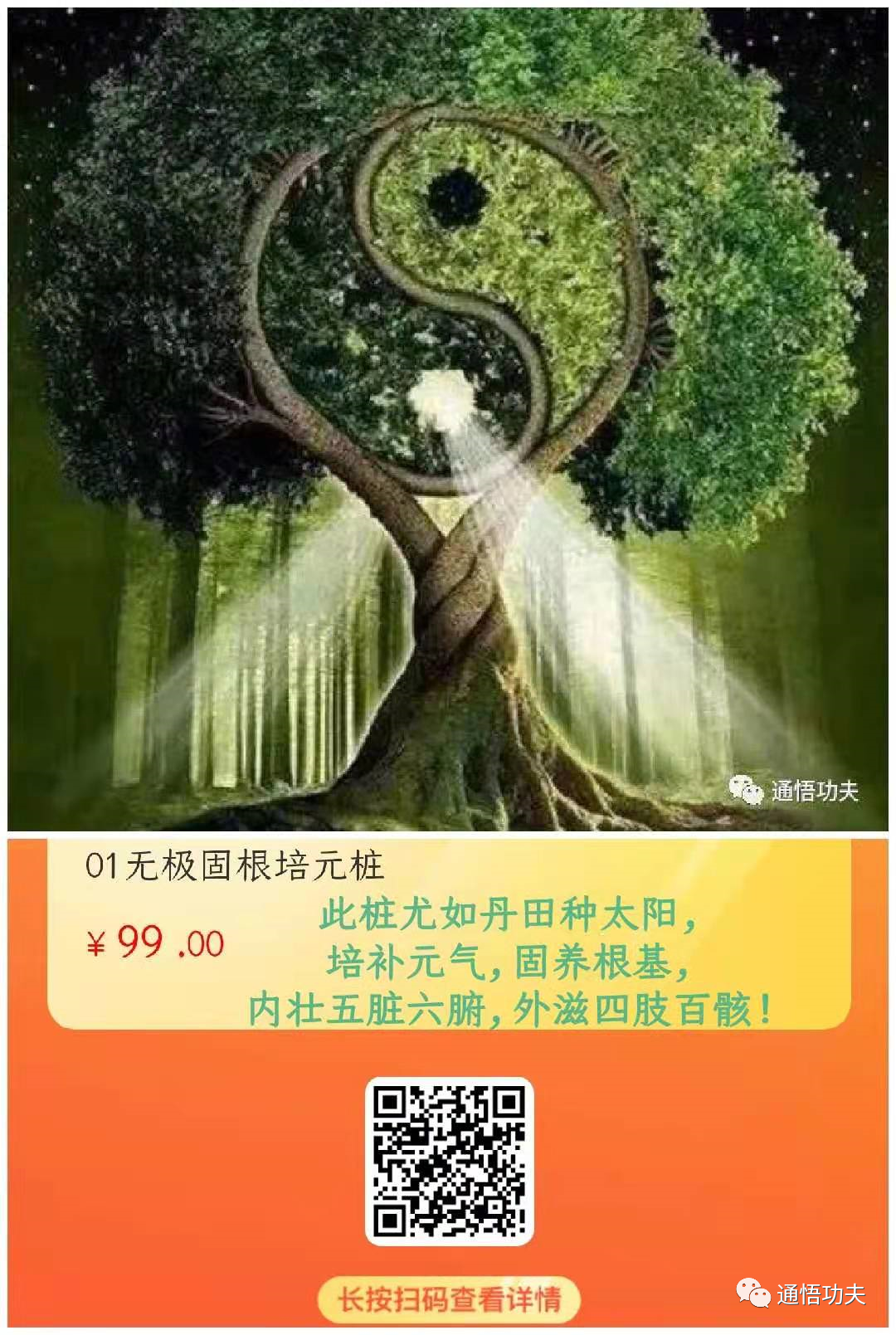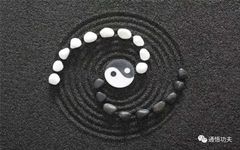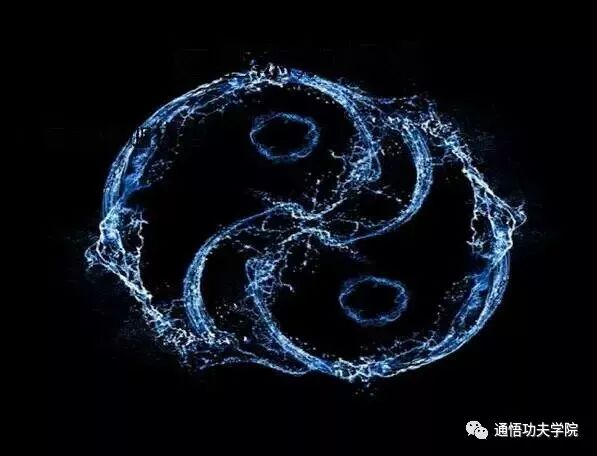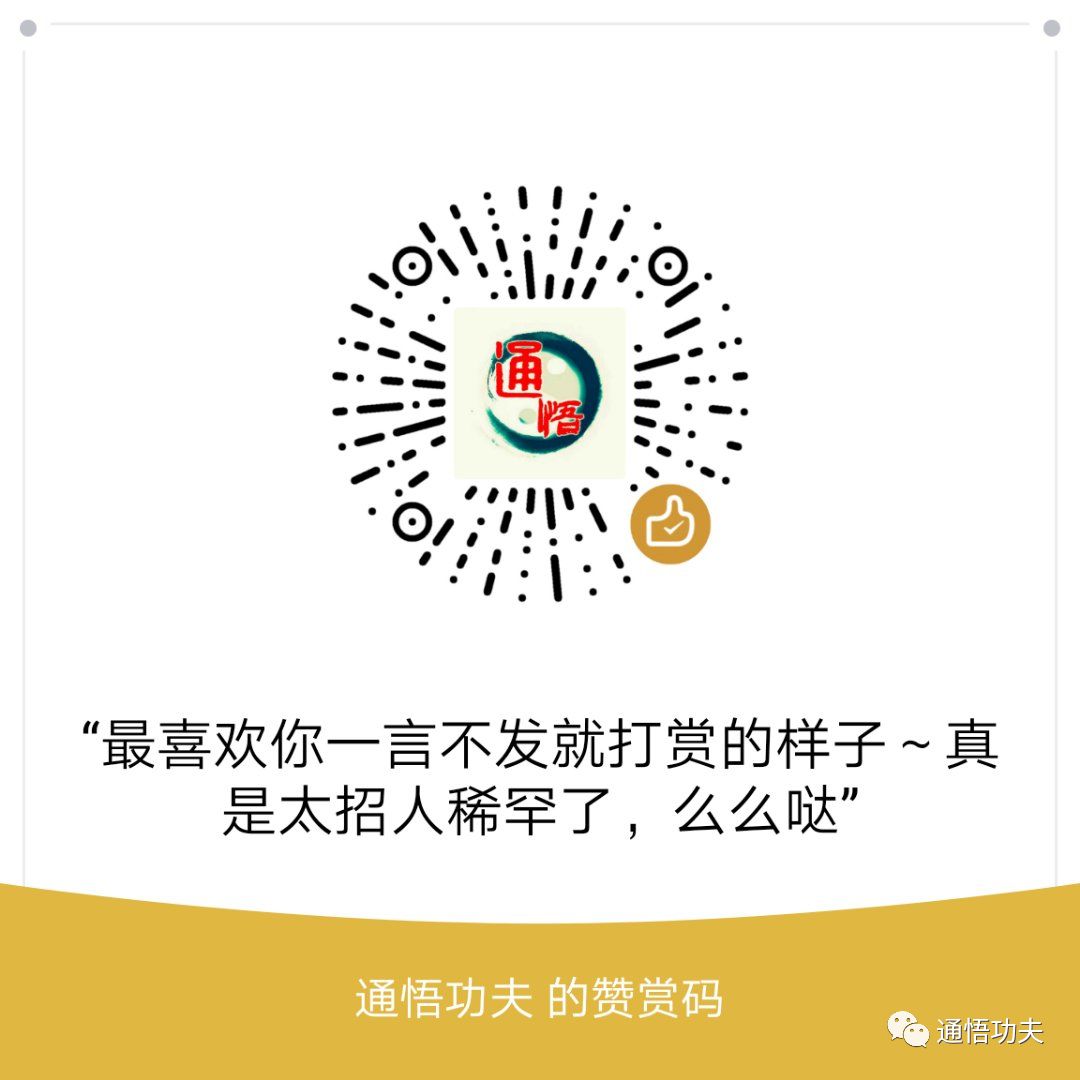 Tai Chi (太极拳) is an excellent method for health preservation. As people’s awareness of health preservation increases, many have joined the ranks of Tai Chi practitioners. Are you practicing Tai Chi correctly? How can you improve your Tai Chi practice?
Tai Chi (太极拳) is an excellent method for health preservation. As people’s awareness of health preservation increases, many have joined the ranks of Tai Chi practitioners. Are you practicing Tai Chi correctly? How can you improve your Tai Chi practice? 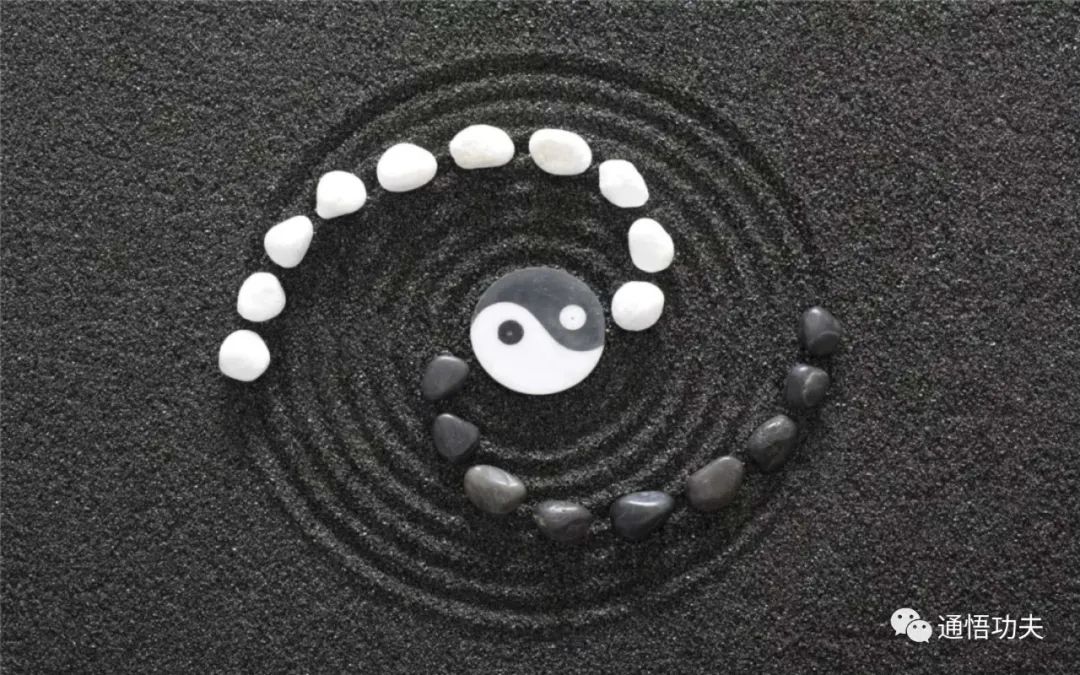 Grasp the Core, Experience the Characteristics
Grasp the Core, Experience the Characteristics 1. Relaxed and Gentle: The posture is stable and expansive, with gentle movements.2. Continuous and Even: The entire set of movements from the beginning to the end is closely connected, with no obvious pauses, and the body’s center of gravity moves along a parallel line in all directions.3. Round and Natural: The arm movements during Tai Chi practice are arc-shaped.4. Coordinated and Complete: The entire set of movements (hands) follows (feet), internal (intention, breathing) and external (torso, limbs) are unified, using the waist as the axis, naturally driving the limbs with waist strength.5. Combining Hard and Soft: Both light and stable, both gentle and powerful.
1. Relaxed and Gentle: The posture is stable and expansive, with gentle movements.2. Continuous and Even: The entire set of movements from the beginning to the end is closely connected, with no obvious pauses, and the body’s center of gravity moves along a parallel line in all directions.3. Round and Natural: The arm movements during Tai Chi practice are arc-shaped.4. Coordinated and Complete: The entire set of movements (hands) follows (feet), internal (intention, breathing) and external (torso, limbs) are unified, using the waist as the axis, naturally driving the limbs with waist strength.5. Combining Hard and Soft: Both light and stable, both gentle and powerful.
How to Practice Tai Chi Well?
When the skill of Tai Chi reaches a certain level, and the general rules are fully mastered, it is essential to focus on the following important aspects:
1. Relaxed and Calm
During practice, all joints and muscles must be relaxed, from the wrists, elbows, arms, chest, waist, hips, knees, to the entire body, with no stiffness or tension. The body should be soft to the point of feeling “flexible and without bones”.
2. Moving Qi with Intention
During practice, the hand gestures must be accompanied by awareness, remaining relaxed yet focused. One must not lose awareness and act automatically. Each movement should be performed evenly and appropriately, with intention and energy concentrated on each hand and gesture. Breathing should be deep and natural, without any strain. Every movement, whether raising a hand or moving a foot, should be accompanied by a focused intention, coordinated with the rhythm of breathing, allowing movements to open and close with the breath. With prolonged practice, the Qi will naturally become abundant, and the body will certainly be healthy.
3. Steady, Calm, and Comfortable
When practicing, one must first stabilize the body posture, relax, keep the head upright, and the tailbone aligned. Not only should the body be relaxed, but the mind must also be at ease, free from distractions. After a moment of stillness, when the body and mind are calm, then begin to move. Each hand and movement should be steady and comfortable, like the Yangtze River, flowing continuously, like threads being drawn, unbroken. After completing a session of Tai Chi practice, one should feel very comfortable and mentally refreshed, with a sweet taste in the mouth, indicating a state of tranquility and stability achieved through practice.Further Reading: Qi sinking to the Dantian is not enough; sinking to the soles of the feet is true Tai ChiLevels of Tai Chi Skill:

Lower Level:Familiar with techniques, able to dismantle and counter moves smoothly, distinguishing between hard and soft, softening hard strikes, either starting with softness or hardness.Middle Level:Understanding strength, knowing oneself and the opponent, able to perceive the opponent’s strength’s continuity and discontinuity, understanding the flow and changes in their form, generally exhibiting Tai Chi state, blending Yin and Yang, being both relaxed and tense, combining hard and soft, transforming strikes into soft movements and vice versa, merging both.Upper Level:Spiritual clarity, achieving the state of Wuji (无极), the whole body feels empty and void, without hard or soft, without transformation or strikes, effortlessly bouncing off contact, striking with ease, unstoppable force.Training in Tai Chi generally consists of five stages:Initial Stage:Breathing is not yet coordinated, the body is stiff and clumsy, balance is difficult to control, and coordination is lacking. The focus is on familiarizing oneself with the essentials and memorizing the movements.Second Stage: The period of becoming more Yin and soft. Breathing becomes calm and natural, adopting abdominal breathing, the body is relaxed and limbs are soft, balance and coordination become controllable, but movements remain unstable, and the punches lack power, indicating a transformation.Third Stage: The period of balancing Yin and Yang. Breathing follows the movements, the mindset is calm, exhibiting both hardness and softness, external softness with internal hardness, strength emanates from within, punches are powerful, strength is sufficient, balance and coordination are self-controlled, the body possesses “Five Bows,” moving in unison, every movement is connected, every stillness is still, with strong internal strength, indicating strong muscles and bones.Fourth Stage: Yin and Yang harmonize, breathing flows freely, formless and intentional, the body self-coordinates and balances, steps follow the body, movement is still, stillness is movement, transforming strikes into soft movements and vice versa, with strong internal Qi, indicating the Tai Chi state.Fifth Stage: Cultivating the spirit back to emptiness, breathing is continuous, the whole body feels empty, merging with the universe, the form seems to float with the wind, without hard or soft, without transformation or strikes, strength transcends, indicating the state of Wuji.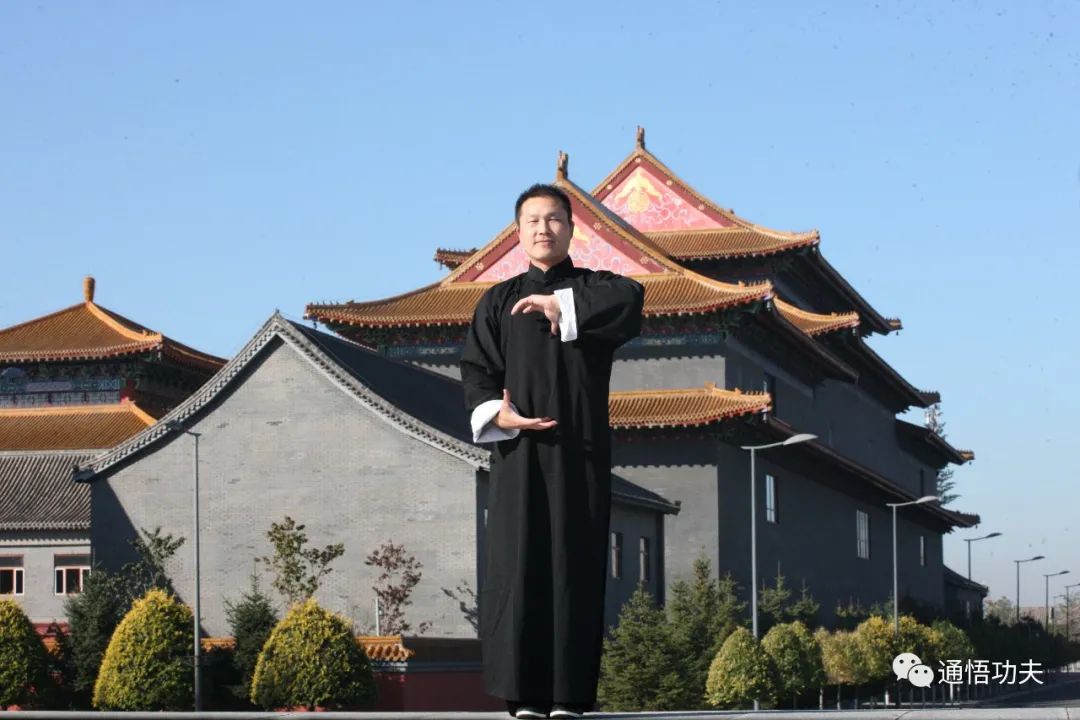 Recently, I saw someone in a Tai Chi group complaining that Tai Chi looks simple but is hard to practice. I said that Tai Chi is an internal martial art, and once you have the internal feeling, practicing Tai Chi well is truly a piece of cake. Anyone who has practiced martial arts, whether self-taught, learned in a martial arts school, or studied with a master in a park, regardless of whether practicing Tai Chi, Xing Yi (形意), or Bagua (八卦), must start with standing postures, and the first posture may be the Wuji posture. To cultivate skills from the Wuji posture and develop internal strength, one must understand the changes within it; each change corresponds to a movement of Qi, and each movement corresponds to a path of strength. If you cannot pass this stage, do not expect to enter the realm of Tai Chi. Therefore, the Wuji posture encompasses everything, allowing for countless transformations, beginning and ending in Wuji, creating something from nothing.The Wuji posture is the common foundation of the three internal martial arts,the mother of all postures, beneficial for cultivating Qi and strengthening the body!Thus, I advocate the Wuji posture system for understanding martial arts, hoping that those destined will understand my sincere intentions!
Recently, I saw someone in a Tai Chi group complaining that Tai Chi looks simple but is hard to practice. I said that Tai Chi is an internal martial art, and once you have the internal feeling, practicing Tai Chi well is truly a piece of cake. Anyone who has practiced martial arts, whether self-taught, learned in a martial arts school, or studied with a master in a park, regardless of whether practicing Tai Chi, Xing Yi (形意), or Bagua (八卦), must start with standing postures, and the first posture may be the Wuji posture. To cultivate skills from the Wuji posture and develop internal strength, one must understand the changes within it; each change corresponds to a movement of Qi, and each movement corresponds to a path of strength. If you cannot pass this stage, do not expect to enter the realm of Tai Chi. Therefore, the Wuji posture encompasses everything, allowing for countless transformations, beginning and ending in Wuji, creating something from nothing.The Wuji posture is the common foundation of the three internal martial arts,the mother of all postures, beneficial for cultivating Qi and strengthening the body!Thus, I advocate the Wuji posture system for understanding martial arts, hoping that those destined will understand my sincere intentions!